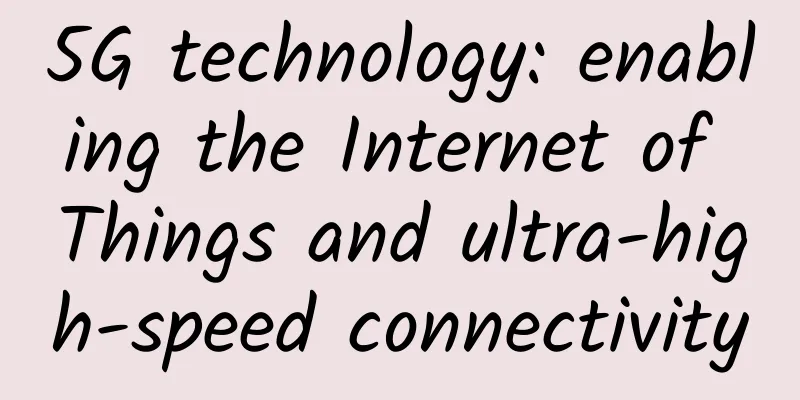The future of Internet streaming: Ultra-high-definition displays

|
As we stand on the precipice of a new era in digital technology, the future of Internet streaming is taking a major leap forward. The next big thing in streaming is the advent of Ultra High Definition (UHD) displays, a technology that promises to revolutionize the way we consume digital content. With four times the resolution of standard High Definition (HD), UHD offers a stunning viewing experience. UHD, also known as 4K, has a resolution of 3840 x 2160 pixels, which is much higher than the 1920 x 1080 pixels provided by standard HD. The dramatic increase in pixel density produces a sharper, more detailed image. The difference is especially noticeable on large screens, where the limitations of HD become more apparent. With UHD, viewers can enjoy a cinematic experience in the comfort of their own home. However, the transition to UHD is more than just an improvement in picture quality. It also represents a major shift in the way content is delivered. Streaming services such as Netflix, Amazon Prime, and Hulu are at the forefront of this change, investing heavily in UHD content and infrastructure. Not only are these platforms offering UHD versions of existing content, but they are also commissioning new shows and movies shot in 4K. This shift to UHD is a clear indication of where the industry is headed. However, as with any new technology, there are challenges to overcome. One of the main obstacles is the increased bandwidth required for ultra-high-definition streaming. Streaming 4K content requires a stable internet connection of at least 25Mbps, which is much higher than the average global internet speed. This has raised concerns about a digital divide, with people in areas with poor internet infrastructure risking being left behind. There are also concerns about the environmental impact of UHD streaming. The increased data usage associated with 4K content leads to higher energy consumption, which increases the carbon footprint of digital technology. This has led to calls for the industry to adopt more sustainable practices, including the development of more energy-efficient streaming technologies. Despite these challenges, the future of Internet streaming looks bright. Advances in technology, such as the rollout of 5G networks and the development of more efficient video codecs, are expected to alleviate some of the issues associated with ultra-high-definition streaming. Additionally, as consumers become more aware of the impact their digital habits have on the environment, demand for more sustainable streaming options is likely to increase. In summary, the advent of Ultra HD is set to transform the world of internet streaming. With its superior picture quality and immersive viewing experience, Ultra HD represents the next step in the evolution of digital content. However, it also presents significant challenges in terms of infrastructure and sustainability. As we move forward, it is vital for the industry to address these issues, ensuring that everyone can enjoy the benefits of Ultra HD without harming the planet. |
<<: Microcables – an excellent solution for denser and faster fiber deployments
>>: Can 5G RedCap technology help operators regain confidence?
Recommend
Moack.co.kr: DUAL E5-2630L + 30M bandwidth random memory/hard disk machine monthly payment of 39 US dollars
This month, Moack.co.kr launched a specially conf...
SpartanHost: Seattle high-security KVM starting at $2 per month, 256M memory/20G hard drive/1TB traffic
SpartanHost is a foreign hosting company founded ...
The soul-searching questions of TCP protocol: strengthening your network foundation
First show the mind map of this article: TCP, as ...
Maxthon Hosting 20% off: 56 yuan/month KVM-2GB/40G SSD/15M/Hong Kong CN2 (optional native IP)
Aoyo Host is a long-established hosting company e...
Review of the optical fiber industry in 2016: The east wind overwhelms the west wind, and quantitative changes induce qualitative changes
[[181005]] For the optical fiber industry, 2016 i...
With the advent of the 5G era, will the divorce rate drop?
01 The divorce rate remains high during the epide...
7 things you need to know to successfully deploy AIOps
From ride-hailing algorithms to customer service ...
DediPath July Promotion: 50% off all VPS/HybridServers/Dedicated Servers, multiple data centers in Los Angeles/San Jose, etc.
DediPath has released this month's promotion ...
Afen teaches you to avoid the pitfalls of installing RabbitMQ (command practice)
This article is reprinted from the WeChat public ...
Why are unlimited data plans dying?
Regardless of whether it was a unified arrangemen...
OpLink: $4.95/month-AMD Ryzen/4GB/250GB NVMe/16TB@10Gbps/Houston
OpLink recently launched a new promotion on LET, ...
Does your phone support 5G wifi? Is 5G Internet access really fast?
Now, China Telecom and China Unicom's 100M fi...
What exactly are CPU, GPU, TPU, NPU, etc.?
[[373720]] CPU stands for Central Processing Unit...
The Role of WiFi in the Internet of Things
The trend toward supporting multiple connections ...
"Cyber thieves" are rampant and explore the black production chain of information data
[[181007]] Many practitioners said that the behav...









